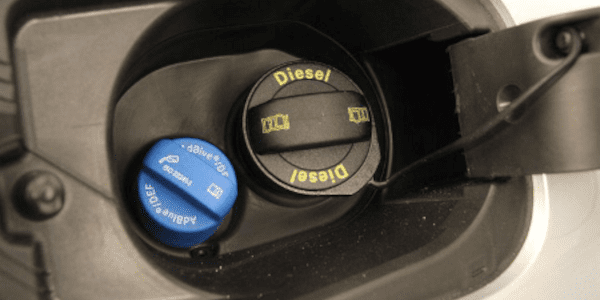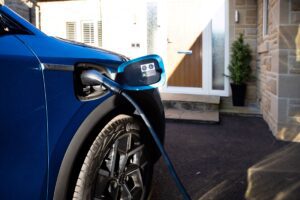What is AdBlue?
AdBlue is a solution made up of urea and water injected into some diesel car, van or HGV’s exhaust system before harmful nitrogen oxide comes out of the tail pipe. AdBlue is an exhaust fluid, not a fuel additive. It’s stored in a separate reservoir and is topped up via a (usually) blue filler cap located either next to your fuel filler, in the boot or under the bonnet. It is also not actually Blue at all but a colourless liquid!
How does AdBlue work?
Tiny amounts of AdBlue are injected into the flow of exhaust gases. At high temperatures AdBlue turns to ammonia and carbon dioxide. Inside the exhaust system harmful nitrogen oxide in the exhaust reacts with the ammonia and is transformed to harmless nitrogen and water.
Does my vehicle need it?
If you are driving a modern diesel car or van then it is likely that you will need to use ADblue. When your ADblue is close to empty a bit like with your fuel a light should come up on your dashboard or a message appear asking you to top up our ADblue fluid. Unlike fuel, the vehicle only uses small amounts of ADblue on each journey so you will not need to top up as frequently as you visit a fuel station but like fuel, if you run out of ADblue you vehicle will not start until you top it back up. With this in mind we recommend that you re-fill the ADblue as soon as the warning appears to save you hassle in the future.
What else do I need to know?
Due to its nature AD blue has a limited shelf life of around 1 Year before it starts to degrade. It is best kept between -11 and 20 degrees C. If is is stored below -11 then it may freeze but should be fine when it thaws again. If, however it is stored above 30 degrees C the mixture will start to decompose. AD is a non hazardous material but can be corrosive to some materials so it is recommended that you take care when handling it. Please clean up and rinse any spills with water, especially with paintwork and use gloves or wash your hands thoroughly after use.


